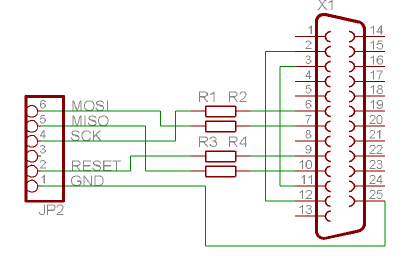
PC-BASED CANDLE IGNITOR lighting candle using computer

A PC-based candle ignitor is a verified project designed for computer students, utilizing a 555 timer circuit to ignite a candle. The project includes a computer circuit diagram and software code written in C.
The PC-based candle ignitor project integrates hardware and software components to allow a computer to control the ignition of a candle using a 555 timer integrated circuit (IC). The 555 timer is configured in a monostable or astable mode, depending on the desired functionality, to generate a pulse that can trigger a relay or a transistor. This relay or transistor acts as a switch to control a heating element or ignitor that ignites the candle.
The circuit diagram typically includes the 555 timer connected to various components such as resistors, capacitors, and a control mechanism that interfaces with the computer. The computer communicates with the circuit through a serial or parallel interface, sending commands to activate the 555 timer. The software code written in C is responsible for user input, processing, and sending signals to the hardware.
In a practical application, the user can initiate the ignition process through a graphical user interface (GUI) on the computer. The software may include safety features such as timers or confirmation prompts to ensure safe operation. The overall design emphasizes reliability and safety, making it suitable for educational purposes and demonstrations of electronic control systems.
This project serves as an excellent learning tool for computer students, providing hands-on experience with both hardware circuitry and software programming, reinforcing concepts in electronics and embedded systems.PC based candle ignitor is a pc based verified project for computer student using 555 lighting candle using computer circuit diagram with software code in C . 🔗 External reference
The PC-based candle ignitor project integrates hardware and software components to allow a computer to control the ignition of a candle using a 555 timer integrated circuit (IC). The 555 timer is configured in a monostable or astable mode, depending on the desired functionality, to generate a pulse that can trigger a relay or a transistor. This relay or transistor acts as a switch to control a heating element or ignitor that ignites the candle.
The circuit diagram typically includes the 555 timer connected to various components such as resistors, capacitors, and a control mechanism that interfaces with the computer. The computer communicates with the circuit through a serial or parallel interface, sending commands to activate the 555 timer. The software code written in C is responsible for user input, processing, and sending signals to the hardware.
In a practical application, the user can initiate the ignition process through a graphical user interface (GUI) on the computer. The software may include safety features such as timers or confirmation prompts to ensure safe operation. The overall design emphasizes reliability and safety, making it suitable for educational purposes and demonstrations of electronic control systems.
This project serves as an excellent learning tool for computer students, providing hands-on experience with both hardware circuitry and software programming, reinforcing concepts in electronics and embedded systems.PC based candle ignitor is a pc based verified project for computer student using 555 lighting candle using computer circuit diagram with software code in C . 🔗 External reference





